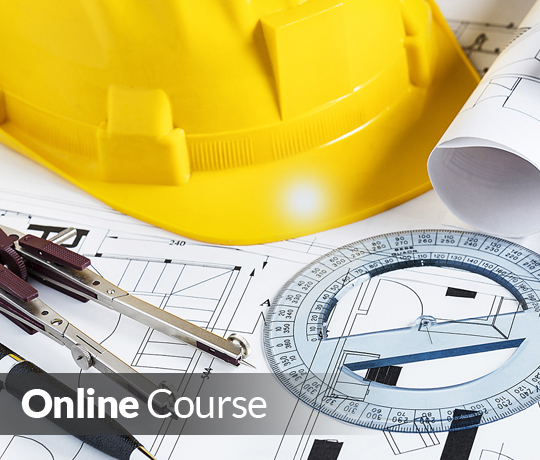Online Course
Stay up to date on the latest changes...

Industrial Wastewater Collection and Treatment
- SKU : PG777
- OUR PRICE : $39.99
- CREDIT HOURS : 3
|
An Introduction to Industrial Wastewater Collection and Treatment |
|
|||||||||||||||||||||||
|
|
|
|||||||||||||||||||||||
|
Course Description: |
|
|||||||||||||||||||||||
|
This course provides and introduction to industrial wastewater collection and treatment. Industrial waste should be collected in a manner that avoids unsafe conditions to personnel, equipment, and facilities. Industrial wastes should either be pretreated sufficiently to be accommodated in a domestic wastewater collection and treatment system, or provided with a separate collection and treatment system. Bench scale or pilot plant treatability studies to evaluate the effectiveness of the proposed physical, chemical, or biological unit processes may be needed for design of industrial waste treatment facilities. These studies should be conducted on the waste stream, if available, or on an equivalent waste stream at another facility. As a minimum, jar tests should be conducted prior to chemical process design to determine the reactor design criteria, process control and operating strategy, sludge production, and sludge characteristics. Using new membrane technologies, consideration must be made for brine generation that can be nonhazardous and discharged directly to a publicly owned treatment works (POTW). Pilot and bench scale studies should simulate the complete series of proposed unit process treatment steps using the same wastewater sample. This will identify any adverse effects of upstream treatment processes on subsequent treatment steps. |
|
|||||||||||||||||||||||
|
Learning Objectives: |
|
|||||||||||||||||||||||
|
Upon successful completion of this course, participants will be able to:
|
|
|||||||||||||||||||||||
|
||||||||||||||||||||||||







0 Comments